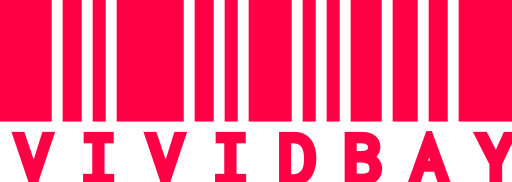In recent years, the Android tablet market has experienced a significant resurgence, primarily driven by the success of premium Android tablets like the Samsung Galaxy Tab series. As interest in Android tablets grows, the time is ripe for Microsoft to step onto the stage with its own premium Android tablet offering. This move could not only capitalize on the rising demand for such devices but also leverage Microsoft’s strengths to create a seamless ecosystem, providing users with an unparalleled experience that bridges the gap between Android and Windows.
The Resurgence of Android Tablets
Android tablets are making a powerful comeback, with the Samsung Galaxy Tab series leading the way. These premium devices have successfully combined sleek design, powerful performance, and innovative features, capturing the attention of consumers who seek a versatile computing solution beyond traditional laptops and smartphones. As more people consider Android tablets as a viable option, Microsoft could tap into this growing trend to establish its presence in the market.
Creating a Cohesive Ecosystem
One of Microsoft’s key advantages lies in its ability to craft a cohesive ecosystem between an Android tablet and the Windows operating system. While Samsung has made strides in this direction with features like Samsung DeX and Windows Link, Microsoft’s ownership of the Windows operating system gives it a unique edge. Imagine a scenario where you seamlessly transition from working on a document on your Android tablet to your Windows desktop, with all your data and applications seamlessly synchronized. Microsoft could leverage this synergy to provide a truly unified experience, making it easier for users to seamlessly switch between devices and platforms.
The Impact of Google’s Pixel Tablet
The release of Google’s Pixel tablet has made waves in the tablet market, mainly due to its innovative dock and speaker system. More importantly, Google’s foray into the Android tablet space is poised to enhance the overall Android ecosystem. As more apps are optimized for tablet interfaces, Android’s app ecosystem will grow stronger, offering users a broader range of software options. Microsoft, with its extensive suite of productivity tools and services, could position itself strategically in this evolving landscape by offering a premium Android tablet tailored to users who value both productivity and entertainment.
Microsoft’s Hardware Excellence Meets Android’s Efficiency
Microsoft has established itself as a powerhouse in hardware design, epitomized by the premium Surface Pro devices. These devices are renowned for their sleek form factors, robust performance, and exceptional productivity features. However, Android excels in terms of touch-based interaction and ease of use on a tablet form factor. By combining Microsoft’s hardware prowess with Android’s tablet-oriented strengths, Microsoft could create a device that marries premium design with effortless tablet functionality.
Unlocking Microsoft’s App Ecosystem
The suite of Microsoft apps available on Android, including Bing, Microsoft Office, Excel, OneDrive, and Xbox Cloud Gaming, could be at the forefront of the software experience on a Microsoft Android tablet. For Windows users, this tablet could seamlessly integrate with their existing workflow, providing a familiar environment enriched with the power of Android. Furthermore, Microsoft’s exclusive services like Xbox Cloud Gaming could serve as key differentiators, appealing to a broader audience of gamers and entertainment enthusiasts.
Exclusive Features and Enhanced Services
A Microsoft Android tablet could introduce exclusive features that leverage Microsoft’s vast array of services. Imagine a tablet with built-in Xbox integration that enables users to stream their favorite Xbox titles directly to their tablet, transforming it into a portable gaming powerhouse (yes I know xCloud exists, but you get my point). Such innovations could redefine the Android tablet experience and establish Microsoft as a frontrunner in the premium tablet market.
A Bright Future for Android Tablets
While Android tablets have come a long way, there is still room for growth and improvement. Developers are increasingly optimizing their apps for larger screens, paving the way for enhanced productivity and creativity on the platform. With the arrival of pro apps like LumaFusion on Android, users seeking a productive tablet experience are no longer limited to iOS. Microsoft could capitalize on these improvements by offering an Android tablet that caters to both work and play.
Charting a New Path Forward
The time is ripe for Microsoft to consider venturing into the world of premium Android tablets. As Android tablets make a triumphant return to the spotlight, Microsoft’s unique strengths in software, hardware, and ecosystem integration could reshape the tablet market. By creating a seamless connection between Android and Windows, offering exclusive services, and capitalizing on its app ecosystem, Microsoft has the potential to redefine what a premium Android tablet can be. This could mark the beginning of a new era in tablet computing, one where productivity and entertainment seamlessly converge on a single, innovative device.
Disclosure: Vividbay is a participant in the Amazon Associates Program. We may earn a commission from qualifying purchases.







